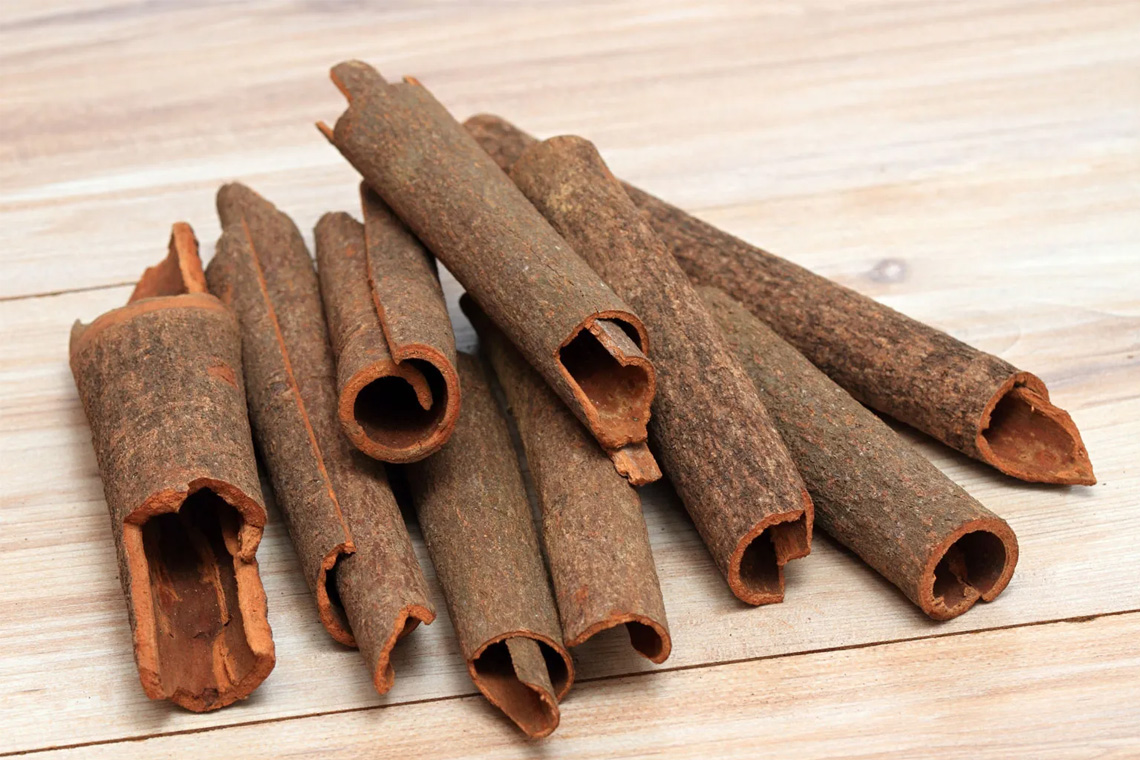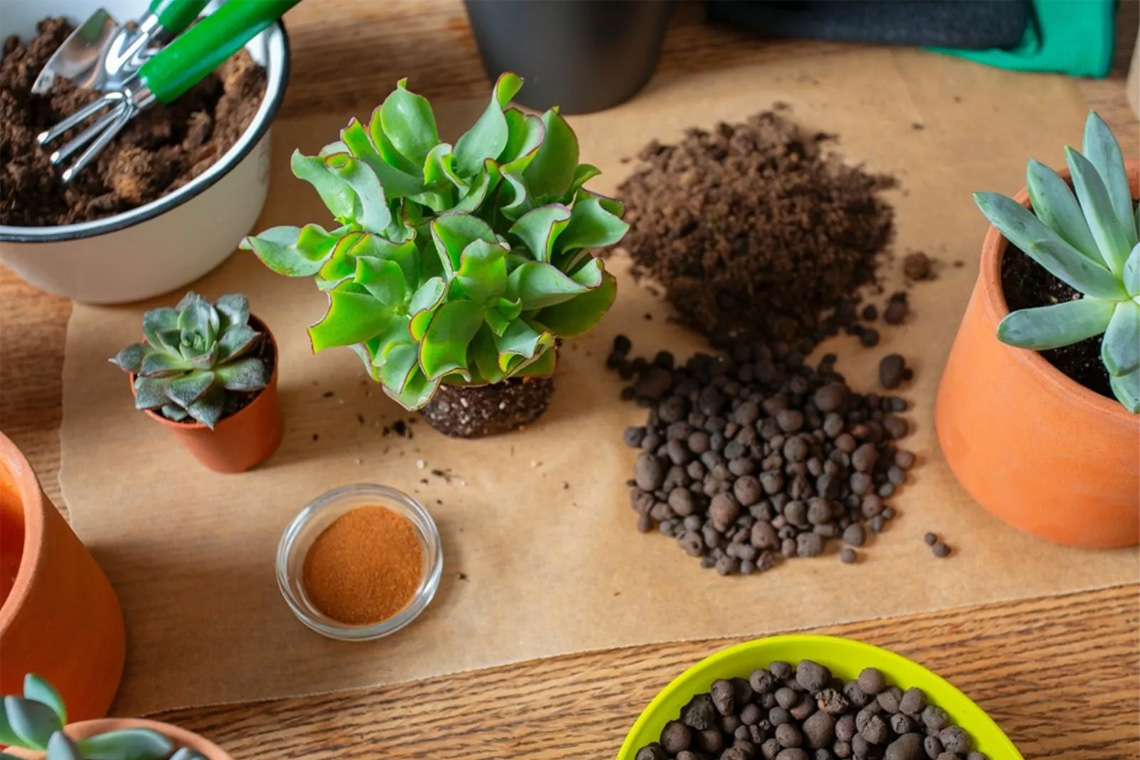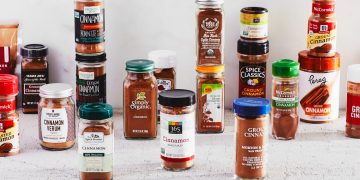When it comes to propagating plants, gardeners often seek natural alternatives to commercial rooting hormones. One such option that’s frequently discussed is cinnamon. While it may seem surprising to some, cinnamon has been used by many gardeners as a potential rooting agent. But does cinnamon truly work as a rooting hormone? Let’s explore the science behind cinnamon’s effectiveness and how it might benefit your plant cuttings.
What Is a Rooting Hormone?
Rooting hormones are substances used to encourage the formation of roots in plant cuttings. They typically contain auxins, a class of plant hormones that stimulate the development of root tissue. Commercial rooting hormones are often used to speed up the process of rooting, increase success rates, and promote healthier root systems in cuttings.
However, many gardeners are curious about whether there are natural, home remedies—like cinnamon—that can provide similar benefits without the use of synthetic chemicals. Read more: Can I use Aloe vera Gel as a Rooting Hormone?
The Science Behind Cinnamon’s Effectiveness
Cinnamon is a spice derived from the bark of trees in the Cinnamomum genus. It contains several compounds that may have beneficial effects on plant propagation, including:

- Cinnamaldehyde:This compound is what gives cinnamon its distinctive smell. Cinnamaldehyde has antifungal properties, which may help protect plant cuttings from fungal infections during the rooting process. Fungal diseases are one of the main causes of failure in cuttings, so cinnamon’s ability to act as a natural fungicide can improve the chances of successful rooting.
- Antimicrobial Properties:Cinnamon also has antimicrobial properties that can prevent bacteria and mold from attacking the cuttings. By reducing the risk of harmful pathogens, cinnamon may create a cleaner, healthier environment for rooting.
- Wound Healing:When you cut a plant for propagation, the exposed wound is vulnerable to infection and desiccation. Cinnamon’s natural antifungal and antibacterial properties may help to protect the cutting from pathogens while it heals and starts to form roots.
Read more: Top 10 Best Cinnamon Powders 2025
However, it’s important to note that cinnamon does not contain auxins, the hormones responsible for stimulating root growth. While it may help protect the cutting and reduce the risk of rot, cinnamon doesn’t directly promote root formation in the same way that synthetic rooting hormones or natural alternatives like honey or willow water might.
How to Use Cinnamon for Propagating Plants
If you’re interested in using cinnamon to support plant cuttings, there are a few methods you can try. Keep in mind that cinnamon is not a substitute for a true rooting hormone, but it may improve the chances of success by preventing fungal infections and protecting the cutting during the early stages of rooting.
1. Cinnamon as a Powdered Rooting Aid
The most common way to use cinnamon in plant propagation is by dipping the cut end of the plant cutting into cinnamon powder. Here’s how to do it:
- Step 1: Take a healthy cutting from your plant. Ensure the cutting has a clean, straight edge to help prevent injury or infection.
- Step 2: Dip the cut end of the cutting into cinnamon powder. You can either coat the cutting in a thin layer of cinnamon or just dip the tip in the powder.
- Step 3: Immediately plant the cutting in your chosen growing medium, such as soil, and water lightly.
- Step 4: Monitor the cutting for the next few weeks, ensuring that it stays in a humid environment to encourage root growth.
This method can help prevent the cutting from rotting or becoming infected with fungus, which is a common issue when propagating plants in moist environments.
2. Cinnamon in Soil

You can also mix cinnamon powder into the soil before planting the cutting. This approach can help prevent fungal growth in the soil and create a healthier environment for the cutting. To do this:
- Step 1: Mix a small amount of cinnamon powder into the soil in which you’ll be planting your cutting. You can combine cinnamon with your potting mix or just sprinkle a thin layer on top of the soil.
- Step 2: Plant your cutting as usual and water it lightly.
- Step 3: Keep the soil moist but not soggy, as too much moisture can lead to rot.
3. Cinnamon Tea Soak
Another method involves making a cinnamon “tea” to soak the cutting before planting it. This can be done by steeping a cinnamon stick in hot water, letting it cool, and then soaking the cutting in the liquid. This method is similar to soaking cuttings in water mixed with rooting hormone, but it adds the antifungal and antimicrobial benefits of cinnamon.
- Step 1: Steep one or two cinnamon sticks in a cup of hot water and allow it to cool completely.
- Step 2: Submerge the cut end of the plant cutting in the cinnamon tea for several hours.
- Step 3: Plant the cutting in your preferred growing medium and care for it as usual.
The Benefits and Limitations of Cinnamon for Rooting
Benefits:
- Fungus and Disease Prevention: Cinnamon is a natural antifungal and antimicrobial agent, which can help prevent mold, rot, and other diseases that commonly affect plant cuttings.
- No Chemicals: Cinnamon is a natural, non-toxic option for gardeners who prefer to avoid synthetic chemicals.
- Inexpensive and Easy to Find: Cinnamon is affordable and readily available in most homes or stores.
Limitations:
- No Rooting Hormones: Cinnamon does not contain auxins or other compounds that directly promote root growth, so it may not speed up the rooting process in the same way synthetic rooting hormones do.
- Slow Results: While cinnamon may help protect cuttings, it is not guaranteed to produce faster or better rooting. You’ll still need to be patient and maintain proper care for your cuttings.
- Risk of Overuse: Using too much cinnamon can potentially affect the soil or cutting's ability to absorb moisture. Moderation is key.
Conclusion
While cinnamon is not a true rooting hormone, it can be a helpful tool in plant propagation. Its antifungal and antimicrobial properties may help protect cuttings from rot and disease, increasing the likelihood of successful rooting. If you’re looking for a natural, cost-effective way to support your cuttings, cinnamon can be a great option, but it should be used in combination with other techniques, such as maintaining proper humidity, providing the right growing medium, and ensuring the cutting has sufficient light and moisture.
For those seeking faster results or guaranteed rooting, commercial rooting hormones with auxins remain the most effective option. However, if you're interested in a more natural approach or just want to experiment, cinnamon might just give your cuttings a little extra boost in the right direction.
















